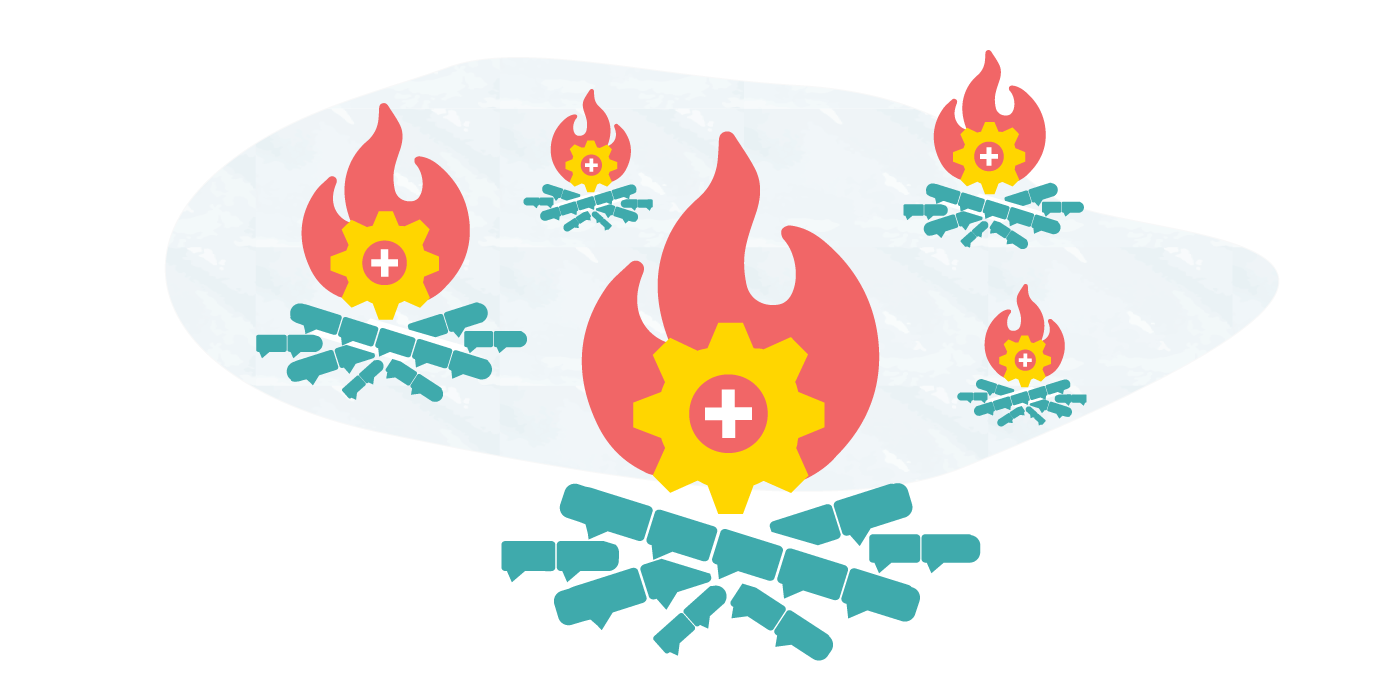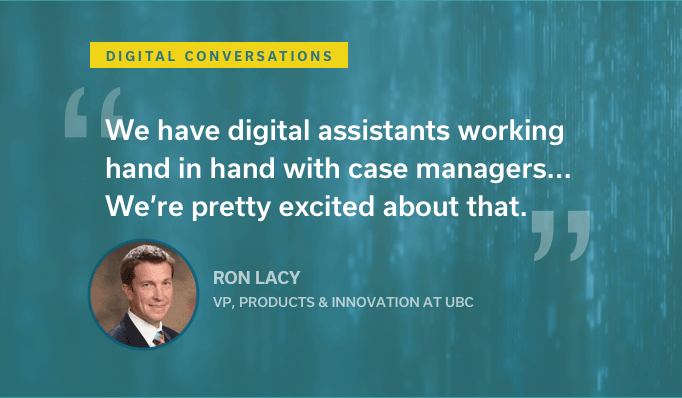For those of you that hold innovation leadership roles in healthcare, the chances are high that you’re engaged in initiatives to develop a strategy for harnessing Large Language Models (LLMs) to enhance business operations. The hype surrounding Artificial Intelligence (AI) and LLMs is impossible to ignore, but the process of integrating the bleeding edge technology into well established, regulated business workflows is a tall order.
The exciting part is that, for once, you won't need to champion a completely new technology within your organization. LLMs have already made their mark, and everyone is beginning to grasp their transformative potential.
Indeed, LLMs are formidable technological tools, and the upcoming years will see significant investments directed toward harnessing their capabilities to bring about substantial improvements and efficiencies across the healthcare sector.
However, I’d like to make the case that now might not be the ideal moment to make massive investments. Instead of building a towering LLM bonfire, consider kindling several smaller fires.
From Predicting Outcomes to Engaging Patients
The business applications enabled by LLMs differ significantly from the machine learning (ML) use cases of the past. Previously, the models were primarily based on structured data within your organization to predict outcomes — such as patient readmission rates, sepsis risk, clinical trial dropouts, or treatment adherence.
With LLMs, the focus may shift toward applications like drug discovery or enhancing patient engagement. It’s time to ignite these smaller fires by identifying use cases where LLMs can excel and quantifying their potential business value.
Building foundation models is a costly endeavor, and unless there’s an exceptionally high-value, specific use case, you might not need to create a proprietary model. Alternatives include leveraging existing models, whether proprietary or open source, and fine-tuning or deploying them using prompts. You might want to apply these models to your company’s proprietary content using embeddings, or even chain multiple models together.
Now is the Time to Test and Learn
The possibilities are expanding rapidly, and now is the time for experimentation rather than committing deeply to a single vendor, approach, or model.
In the past, you likely hired data scientists, established data pipelines, adopted ML frameworks, and invested in training datasets. However, the roles and workflows related to LLMs are still evolving, and operational pipelines remain in their infancy. The costs and expertise required for development differ significantly from those needed for deployment.
LLMs offer immense promise but they also come with pitfalls. Challenges related to hallucinations, bias, and alignment are well-documented. The trade-offs between cost and accuracy vary across use cases. This isn’t the time to make substantial bets on reputational risk.
Best practices for practicing responsible AI are emerging, and even technology practitioners are advocating for regulatory compliance. It’s crucial to establish validation frameworks and embrace the benchmarks necessary to derive value from a diverse array of use cases.
Sprinting to the Finish Line
So, what do these smaller fires entail? Think of them as swift sprints across different facets of the LLM journey. These sprints involve a 3 to 4-week exercise to pinpoint business priorities that LLMs can impact. They encompass cross-departmental journey mapping, collaborating with domain specialists who understand your priorities intimately and possess comprehensive knowledge of LLM models and approaches.
These fires also involve the rapid development of tangible solutions for user testing, setting the groundwork for validation, and adhering to checklists to ensure responsible AI practices. In the ever-evolving landscape of LLMs, starting with smaller fires allows you to navigate the terrain, maximize opportunities, and mitigate risks effectively.
The hype around advanced AI and LLMs is real and justified. This is not another blockchain hype moment. We are entering the age where language becomes the interface between humans and machines. It’s not a matter of if, but rather when LLM technology becomes as ubiquitous as the internet in our everyday lives.
But for large, complex industries such as healthcare, the journey is just getting started. LLM technology will continue to evolve and get better. Sitting on the sidelines is no longer an option for business innovation leaders, but there’s plenty of dry kindling available today to get your LLM fire lit.








